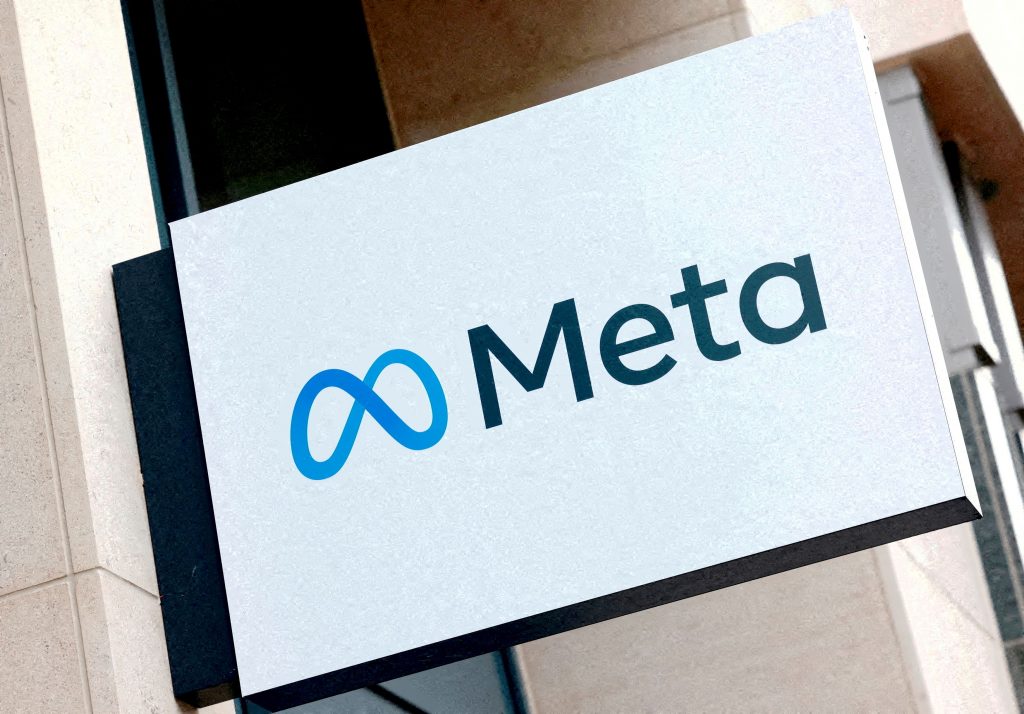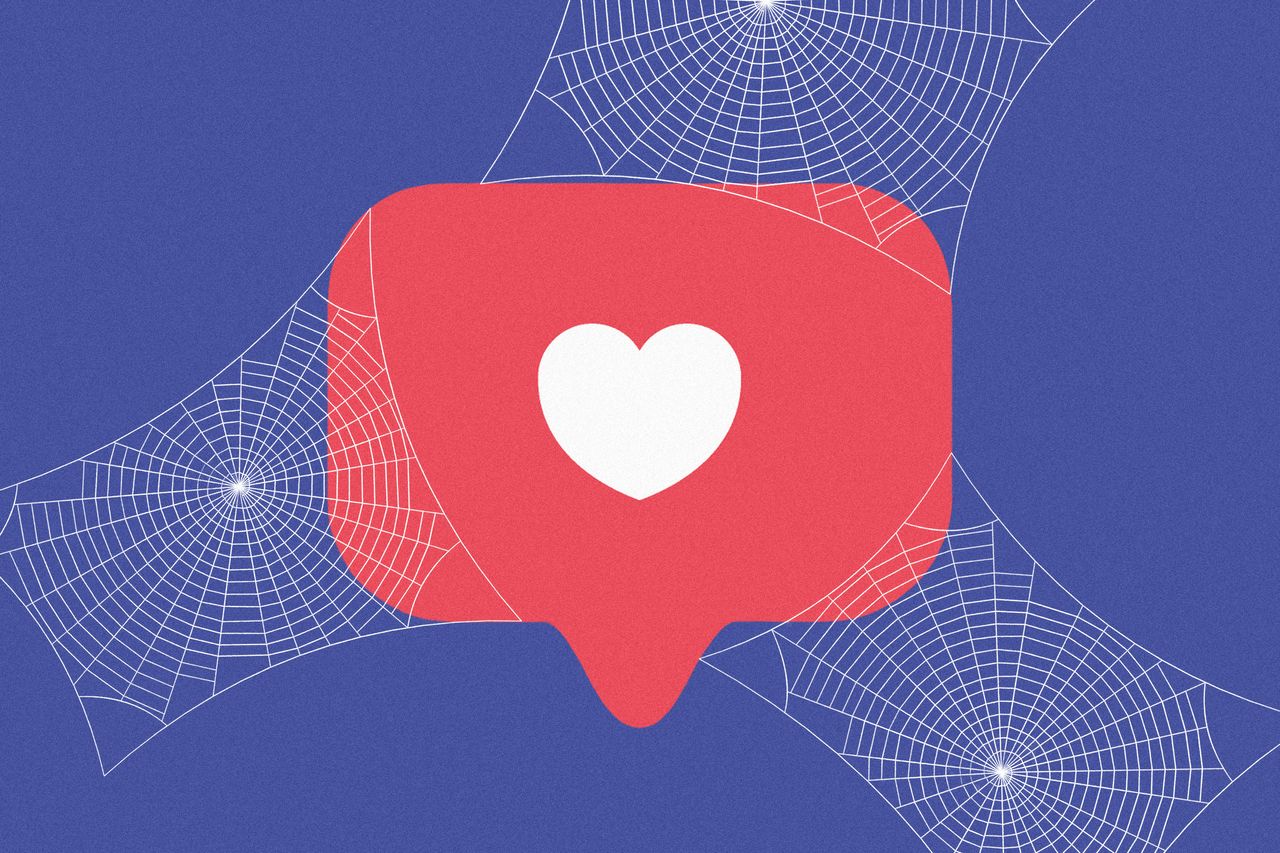Lots of people log in to social media every day. Fewer and fewer are actually posting.
Isaiah Hug spends roughly two hours a day scrolling through Instagram, but his last post to his main feed was over a year ago. He occasionally posts stories, which vanish after 24 hours.
“I don’t need to add more friction to my life and have people bickering about who I voted for or what I think,” says the 24-year-old Marine artillery officer, who is based in Carlsbad, Calif.
He prefers one-on-one and group chats—what he calls “private networking.”
Billions of people access social media monthly, but users are posting less and favoring a more passive experience, surveys of users and research from data-analytics firms say. In an October report from data-intelligence company Morning Consult, 61% of U.S. adult respondents with a social-media account said they have become more selective about what they post.
The reasons are varied: People say they feel they can’t control the content they see. They have become more protective about sharing their lives online. They also say the fun of social media has fizzled.
This lurker mentality is widespread, across Meta Platforms’ Instagram and Facebook along with X and TikTok. They have become some of the most powerful companies and platforms in the world due to heavy usage and interaction from users. Any threat to that interaction is a threat to their business.
The companies are responding. They are investing in more private user experiences like messaging, and making interactions more secure. And encouraging people to post to a more intimate audience—as with Instagram’s recently expanded Close Friends feature.
No-fun zone
David Kennedy, a 27-year-old office assistant in Chicago, has four different TikTok accounts: three for posting, one for scrolling.
An aspiring model, he loves to post photos on Instagram, too. His friends, not so much. In a sea of Instagram reels from influencers, it is rare he spots a familiar face. He says most of his friends are “watchers.”
“It can kind of feel lonely sometimes,” Kennedy says. “If you’re not seeing what your friends are posting, it kind of feels like you’re living in an isolated world.”
In a survey conducted in the U.S. this summer, research firm Gartner found more than half of respondents believed the quality of social media has declined in the past five years. They cited misinformation, toxicity and the proliferation of bots as reasons it has gotten worse.
“The less you trust social-media brands, the less of a good experience you’re having,” says Gartner analyst Emily Weiss. Users are less likely to share opinions or insight into their lives since the community they are looking for isn’t there, she adds.
Ads and suggested posts have also sucked the joy out of apps, some users say.
Meta responded to user complaints, saying it would continue to work on improving recommendations to help creators reach more people. The company added a snooze button that pauses suggested posts for 30 days at a time, and chronological feeds that temporarily only show posts from accounts people follow.
Going private
Users are also choosier about what they post online. Recent events, such as the Israel-Hamas war, have made users hesitate before sharing their views publicly for fear of retribution and judgment, says Pamela Rutledge, director of the independent Media Psychology Research Center.
Even in less divisive areas, users say they have grown exhausted.
Cassius Hudson, a 31-year-old pharmacist in Columbus, Ohio, used to post snippets of his life to Snapchat, Facebook and Instagram multiple times a week. He grew less interested in posting the more he saw the lengths people would go to look cool online.
“I felt like I had to post and look a certain way, and I was like, ‘I don’t like this,’ ” Hudson says. These days, the only social-media app he uses is Instagram, where he and his friends exchange memes and videos via direct messages.
Adam Mosseri, head of Instagram, said in July that users on the app were spending most of their time in DMs. “All the friends-sharing is moving in that direction,” Mosseri said on a podcast appearance. “There are more photos and videos shared in DMs than there are shared in Stories, and there’s way more shared in Stories than there is in Feed.”
Meta began shifting its resources toward messaging, including efforts to enable end-to-end encryption by default across all of its messaging services. Meta didn’t respond to several requests for comment.
TikTok has also shown signs of investing more in the messaging portion of its app, nudging users to chat with people they haven’t messaged in a while.
Land of lurkers
The algorithmic spotlight on creators and their hyper-curated content has made some users feel insecure and less likely to share their own photos and videos, says Kevin Tran, media and entertainment analyst at Morning Consult. In turn, some now think of social apps more as sources of entertainment, like YouTube or Netflix.
Gartner estimates that 50% of users will either abandon or significantly limit their interactions with social media in the next two years.
When recommending a movie or TV show to a friend, people were doing it more often in person or via text or email, and less often using social media, according to Morning Consult’s report. It is easier to state opinions verbally rather than have them set in stone in a public social-media post, Tran says.
Shantae Mann, 36, often thinks about deleting her social-media accounts, but can’t seem to shake it entirely. These days, the school therapist in Stewartstown, Pa., doesn’t really feel a need to post regularly. She only posts for certain events, like her children’s birthdays, or a big trip.
“It is nice to have pictures so you can remember the moments,” she says, “but for me it’s just like, being more in the moment.”
—For more WSJ Technology analysis, reviews, advice and headlines, sign up for our weekly newsletter.
Write to Cordilia James at cordilia.james@wsj.com




